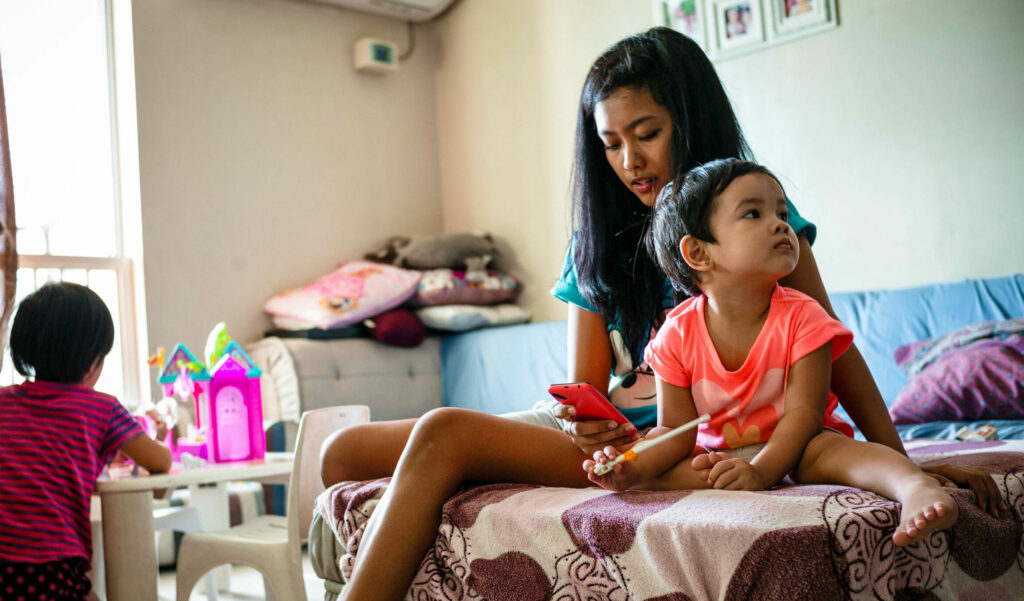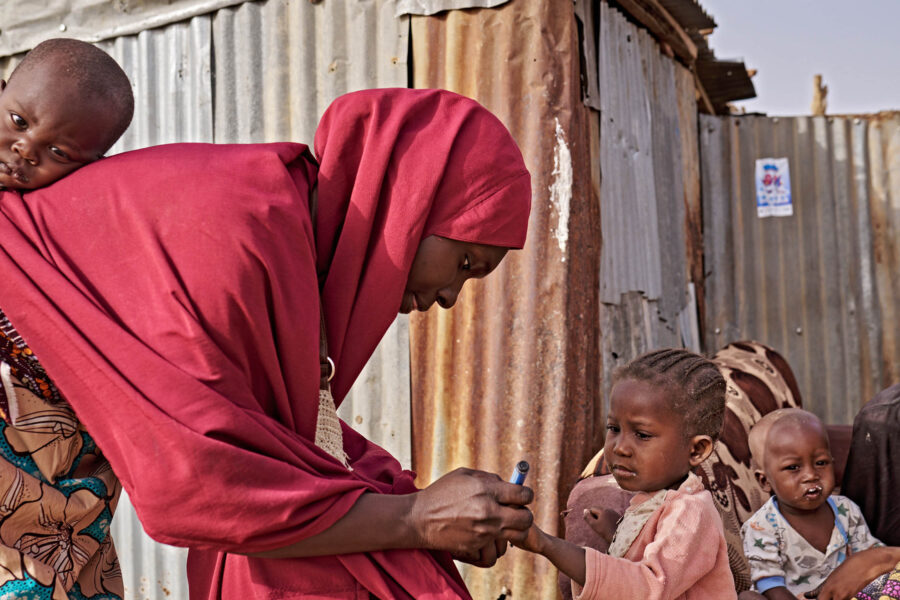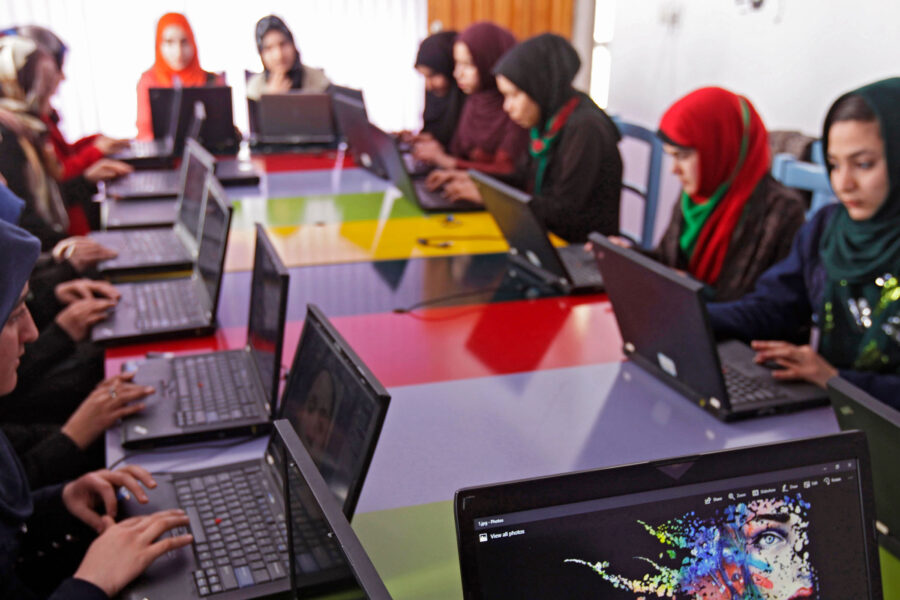A level field for jobs: achieving gender equality in the workplace
Jurisdictions that on the face of it have rigorous anti-discrimination legislation still consistently fail to pay women fairly or have fair representation at senior levels. Fixing this calls for transformative action on several fronts – from challenging entrenched social norms to game-changing investments in social protection
Gender — Global

Gender equality remains one of the most elusive yet fundamental objectives of our societies. Social, legal, cultural, and institutional norms often combine to stall or even reverse progress on gender equality.
Figures from the ILO show that the labor force participation rate of women in 2022 stood at 47.4% compared with 72.3% for men. This means that for every economically inactive man there are two such women. And, according to the World Economic Forum, the global Economic Participation and Opportunity gender gap stood at 39.7% in 2022. At the current rate of progress, it will take 151 years to close this gap.
The structural determinants of women’s relatively poor labor market outcomes are well rehearsed, with the different roles that societies ascribe to women and men, centering around reproductive roles and responsibilities, being at the core. Social norms continue to reinforce the role of women primarily as caregivers and men as the main source of household income. The stubborn perception of women’s and men’s roles in our societies and economies is a key factor behind the gender pay gap, currently standing at above 19% globally. This is despite the fact that international labor standards on equal pay for work of equal value have existed since 1951, namely:
- the ILO’s Equal Remuneration Convention (No. 100), ratified by 174 countries
- the convention’s accompanying Recommendation (No. 90)
Fathers tend to receive a “fatherhood bonus,” generally earning more than men who do not have children. Mothers, on the other hand, experience a so-called “motherhood penalty,” with a drop in earnings or income compared with women without children. These factors often translate to a wider gender pay gap and a gender pensions gap in retirement.
Women continue to perform over three-quarters of unpaid care work, aggravating time opportunity costs by limiting their opportunities to engage in other activities, including paid work or income-generating activities. Women caregivers are more likely to be outside the labor force and, when employed, often work shorter hours, are often own-account workers, in informal or precarious jobs, and are less likely to be covered by social protection. These entrenched social and cultural norms also have a significant bearing on where women work. They influence the types of jobs to which women have access and reinforce gender-based occupational segregation – with associated impacts on working conditions, including remuneration.
For example, women form the overwhelming majority of workers in paid care work (upwards of 70%). Yet discrimination and vertical and horizontal occupational segregation mean that women are to be found mainly in care jobs (many in the informal economy) that are less well paid, more precarious, and less protected in terms of occupational health and safety – including in relation to violence and harassment, and social protection (or insurance).
Added to this is the exacerbating effect of intersecting discriminatory barriers. Where data exists, it shows that gender gaps are even wider when gender intersects with other grounds of discrimination such as race, disability, social origin, and migrant status. The pay gap between male nationals and migrant women in high-income countries, for example, is estimated at nearly 21% per hour, revealing the double wage discrimination that migrant women workers face both as migrants and as women.
Across all regions, people with disabilities face a significant gap in labor market participation rates, with rates for women lower than those for men. In those countries where this information is available, it shows that people with disabilities are overrepresented in the informal economy and in self-employment, and that there is a gap in earnings between workers with and without disabilities.
Meanwhile, a recent report published by ILO, Gallup, and the Lloyd’s Register Foundation on violence and harassment at work reveals that young women are twice as likely as young men to have faced sexual violence and harassment at work. Migrant women are almost twice as likely as non-migrant women to report sexual violence and harassment at work.
Unless the present trajectory is changed and a transformative and measurable agenda for gender equality in the world of work is put at the center of development decision-making processes, advancing the relative position of women in the labor market and achieving equitable outcomes will remain out of reach.
The Sustainable Development Goals (SDGs) provide a clear roadmap to guide this change of course. Goal 5 on gender equality calls for unpaid care and domestic work to be recognized and valued through the provision of public services and infrastructure. It also calls for social protection policies and the promotion of shared responsibility within the household and the family, pointing to investment in the care economy as a driver for sustainable development across the SDGs. Goal 8 on decent work calls for full and productive employment and decent work for all women and men, including for young people and people with disabilities, and equal pay for work of equal value. These two goals are interdependent. Without their realization, SDG 10 on reduced inequalities within and between countries will not be achieved.
Two ILO reports published in 2018 and 2022 highlight the transformative effects of ambitious investments in care. These include decent care jobs, care policies, and care infrastructure for closing gender gaps, including labor force participation and pay gaps, generating decent employment opportunities, and strengthening social protection systems. While fiscal considerations and competing demands on public spending often deter governments from such investments, the ILO research estimates that this investment could generate 280 million jobs by 2030, with about 27% of the gross investment recouped in short-term tax revenue on average across all regions. This investment would boost the employment rate of women, as 234 million jobs (78%) would go to women. It would also impact positively on the gap between male and female earnings, as a result of both increased employment in care and increased maternal earnings overall.
Tripartite social dialogue between employers’ and workers’ organizations and governments can make a crucial contribution to finding the right policy mixes, legal frameworks, and financing mechanisms. And collective bargaining agreements between employers’ and workers’ organizations can ensure care-friendly workplace policies, swap the culture of long working hours for productivity gains, and contribute to smaller gender pay gaps.
Three catalytic initiatives with the potential to drive delivery of the transformative agenda for gender equality are:
- The Equal Pay International Coalition, led by the ILO, the Organisation for Economic Co-operation and Development, and UN Women
- the Global Alliance for Care, convened by UN Women and the Government of Mexico
- the Global Accelerator on Jobs and Social Protection for Just Transitions, led by the ILO
These initiatives, and all other efforts to redress gender inequality in the world of work, must be urgently encouraged to succeed if we are to leave no one behind.





